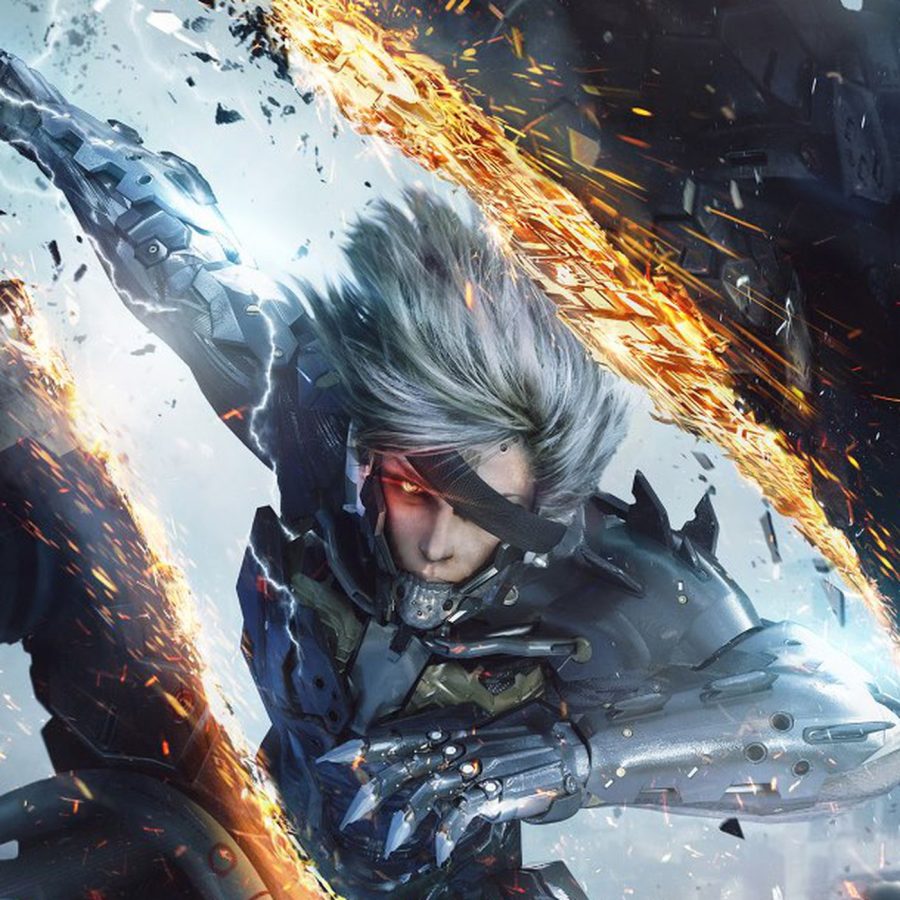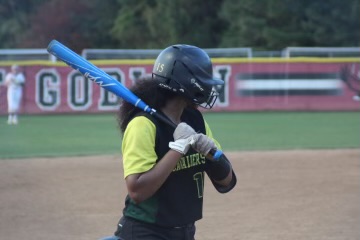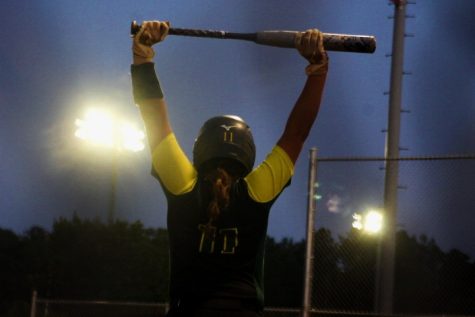‘Metal Gear Rising: Revengeance’ stands the test of time
Original North American poster of “Metal Gear Rising: Revengeance” produced in 2013.
The “Metal Gear” franchise began in 1987 under the creative powerhouse that is Hideo Kojima. “Metal Gear Solid”, the mainline series of games within the “Metal Gear” franchise, may at first seem like a stealth shooter grounded in reality; however, just a single dive into the “Metal Gear” franchise will show that it is instead a techno-thriller that fosters themes of war, fate and dystopia.
Released in 2013, “Metal Gear Rising: Revengeance” loses most of the franchise’s seriousness, but makes up for it with its unforgettably ridiculous narrative, thrilling combat and award winning soundtrack.
Rather than being focused on Solid Snake, the original face of the franchise, “Revengeance” brings back Raiden as the main character. Previously, Raiden had only been playable in “Metal Gear Solid 2: Sons of Liberty,” and showed up briefly in “Metal Gear Solid 4: Guns of the Patriots.”
To call the development of “Revengeance” rocky would be a massive understatement. Kojima was busy with “Metal Gear Solid: Peace Walker”, and did not have time to oversee “Revengeance.” As a result, Kojima decided to hand over development of the game to a team of developers he knew he could trust.
Unfortunately, things would not go as planned. Lacking direction, the team set to work on “Revengeance” failed to meet development deadlines. They had no choice but to ask another video game developer for assistance. Platinum Games, the developer behind cult classics, such as “Bayonetta” and “Nier: Automata,” were asked to take over development of the game. Platinum Games performed a near total overhaul on the gameplay, ultimately saving the project in time for its proposed release date.
Being the last canonical entry in the “Metal Gear” timeline, most of the franchise’s main characters have died or are no longer capable of fighting, leaving Raiden alone to continue his story. The game begins with Raiden, now working for a private military company (PMC), serving as protection for the prime minister of an unnamed African country. Things quickly go awry when a rogue PMC who goes by the name of Desperado kidnaps the prime minister and promptly executes him.
Raiden is promptly defeated when Jetstream Sam, a fellow sword-wielder, slices off Raiden’s left arm. Three weeks later, with a brand new and improved cyborg body, Raiden begins his wild goose chase to uncover Desperado’s goals.
Lightning bolt action is the tagline for “Revengeance,” and it delivers on that promise from beginning to end. There is not a single dull moment throughout the game’s seven hour run-time. Featuring Platinum Game’s signature style of hack and slash combat, “Revengeance” is like no other game in the “Metal Gear” franchise.
Instead of focusing on gunplay or hand to hand combat, “Revengeance” has players using various melee weapons, the most recognizable of which being Raiden’s high frequency katana. One of the most defining features of “Revengeance” is its blade mode. This sends the player into an almost matrix-like manual slicing mode, turning enemies into perfectly cut slices of cyborg. Blade mode allows combos to flow perfectly, as a successful attack will completely refill Raiden’s stamina and health bars.
The effect that “Revengeance’s” soundtrack has had on internet culture can not be overstated. Practically all 29 songs on the game’s official soundtrack have made their way into memes and other forms of pop culture. Serving not only as something to get the player amped up, the soundtrack functions as a way to further the depth and philosophies of individual characters.
From its storytelling to its combat, “Revengeance’s” fun factor never goes down. Despite being a decade old, the game shows very little of its age. ★★★★★












